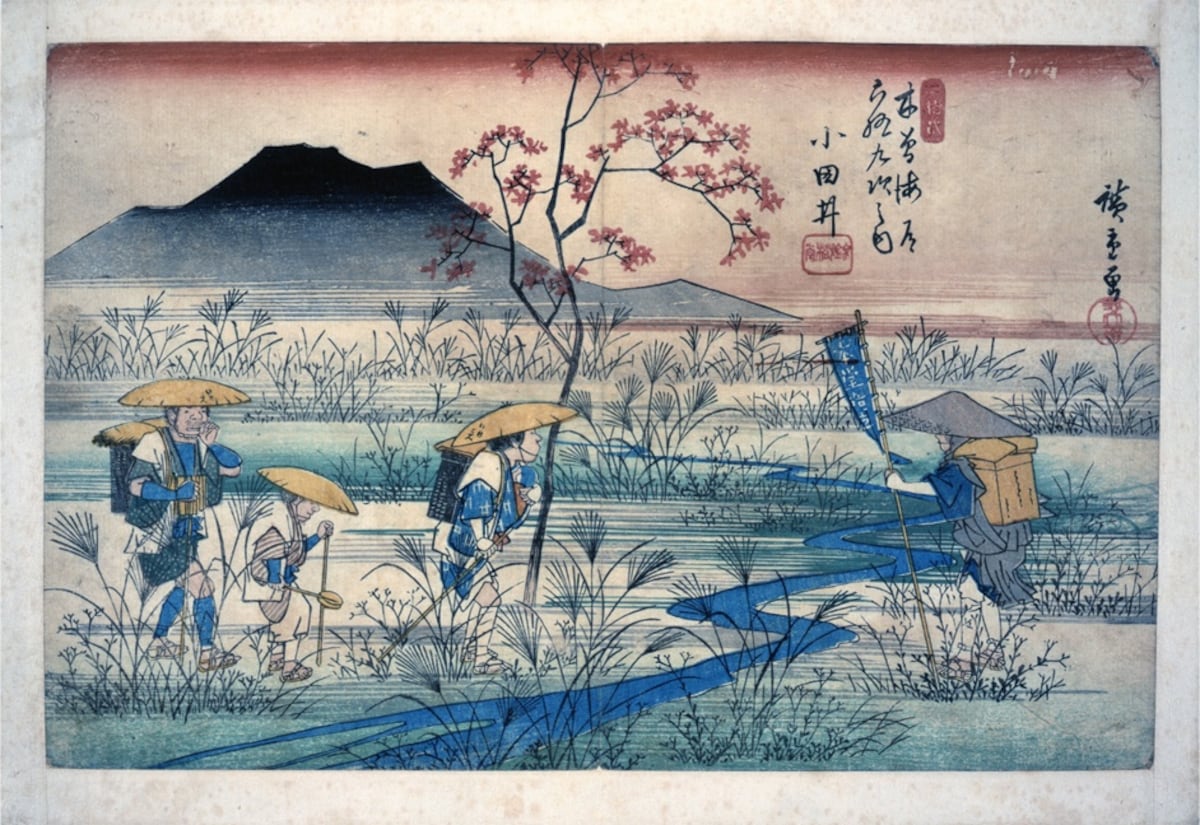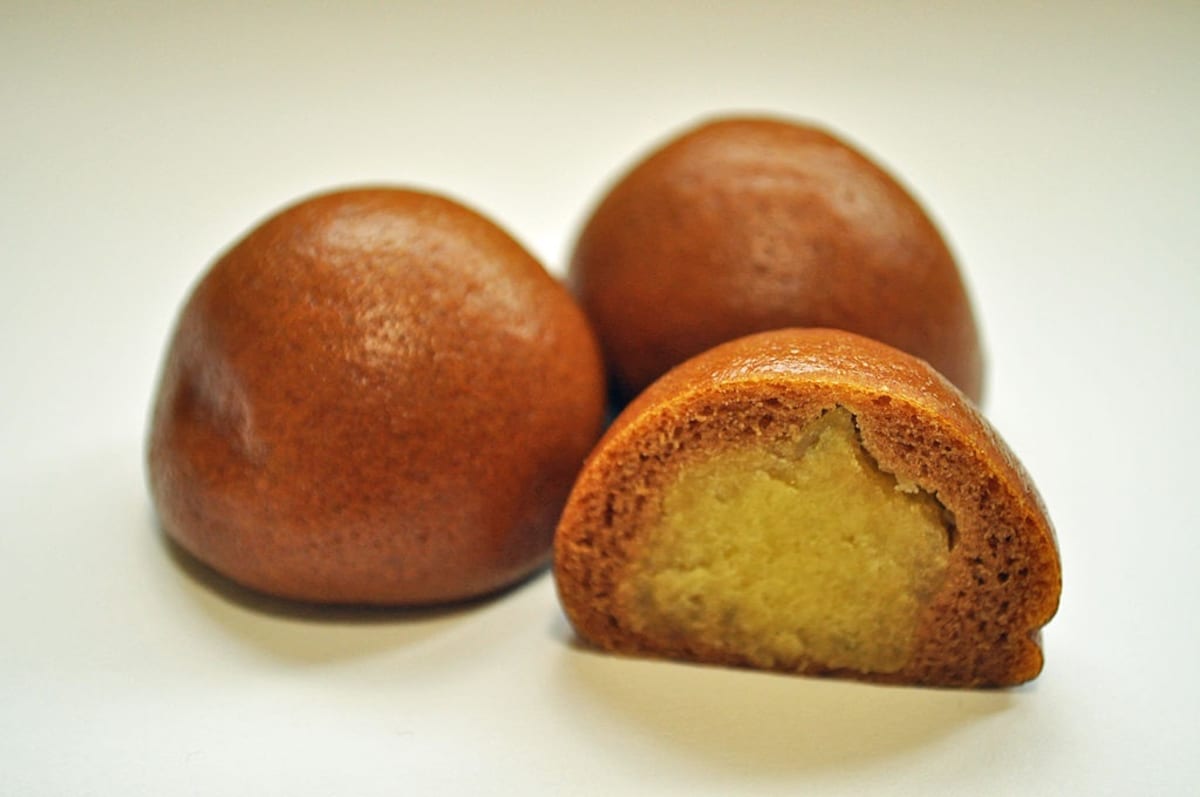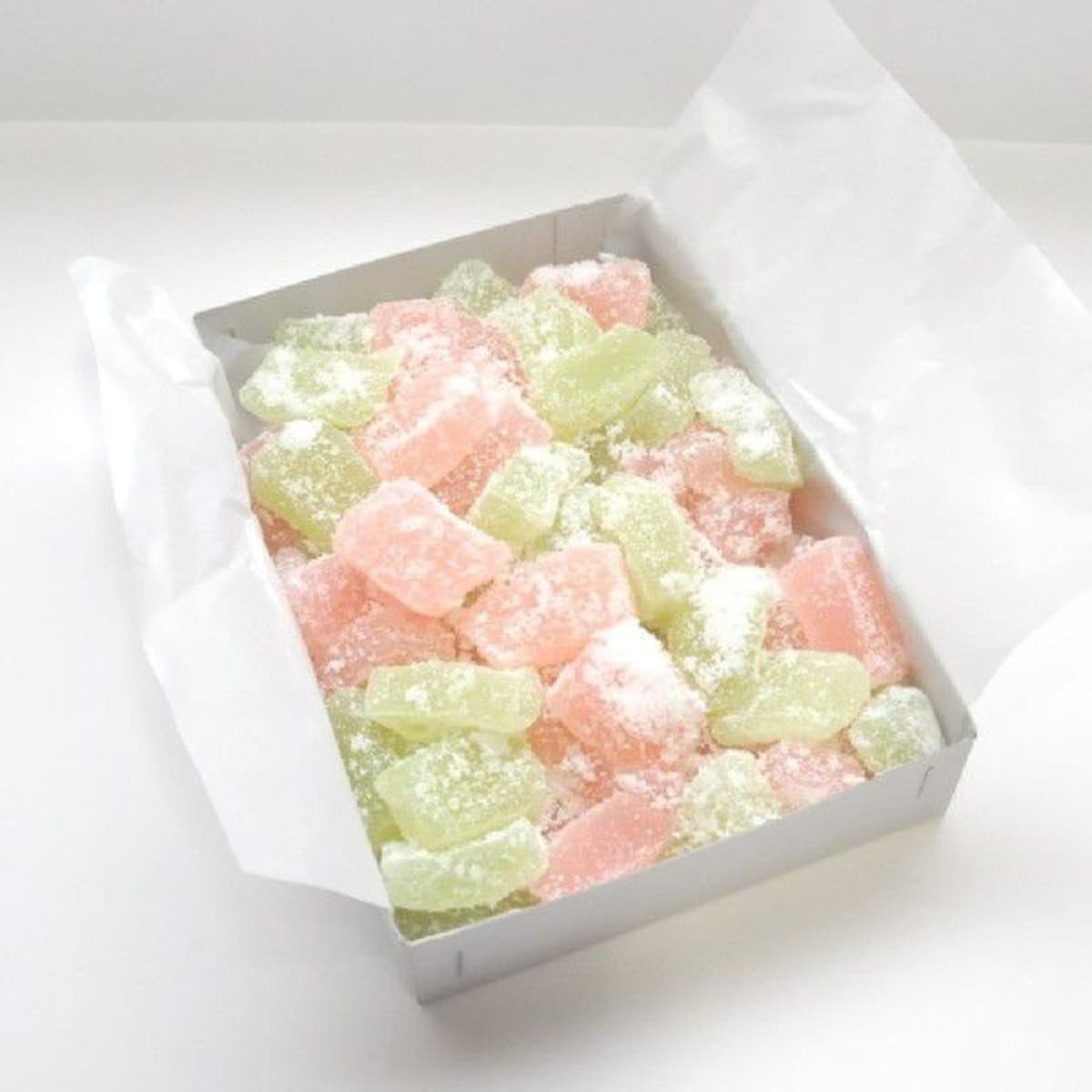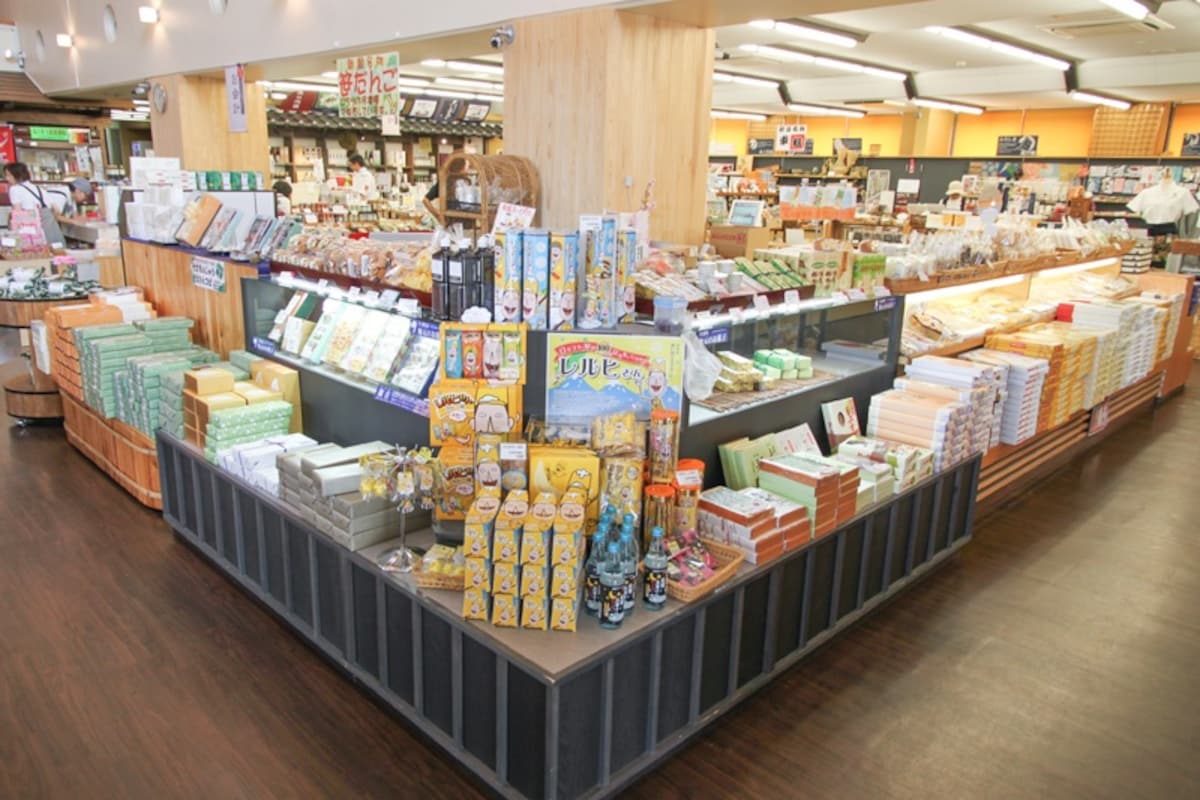A History of Japanese 'Omiyage' Culture
Tourist shops everywhere in Japan are filled with colorful boxes of local sweets that are perfectly portioned for sharing. These are omiyage. Giving omiyage is an important part of Japanese custom. Yuichiro Suzuki, author of Omiyage and the Railway, explains in an interview with Yahoo! Japan.
By SoraNews24'Omiyage' vs. Souvenir

https://ja.wikipedia.org/wiki/%E5%9C%9F%E7%94%A3#/media/File:Souvenir.london.arp.750pix.jpg
"Omiyage is translated as 'souvenir' in English, but the two are a little different. A souvenir is something that the person who is doing the traveling buys for themself to remember the trip. In Europe and the United States, train station and airport stores are filled with key chains and other non-food items for this purpose. But Japanese omiyage typically consist of food items produced in the area the trip was taken in. Also, omiyage is not intended to be consumed by the traveler and is instead given out to coworkers or friends."
When were 'omiyage' first seen in Japan?

http://www.plantatree.gr.jp/oragafuji/ukiyoe/2/
"The origin of omiyage is unclear, but it is thought that the custom began in association with sacred pilgrimages. Those who visited Shinto shrines were expected to bring back evidence of the pilgrimage to their families in the form of charms, rice wine cups, or other religiously significant items. It was thought that the protection granted to pilgrims would be transferred to whoever received the items brought back from the sacred trip. This is said to be the beginning of omiyage."
So at that time, 'manju' and other foods that are commonly purchased as 'omiyage' today didn’t exist?

https://commons.wikimedia.org/wiki/Category:Manj%C5%AB#/media/File:Imo_manju.jpg
"Back then, food preservation techniques were limited and people traveled by foot so they could only carry light items such as medicine, money, and ear picks. There was only room for the essentials."
Does that mean that the types of food products increased once the railway system was built?

https://www.google.com/url?sa=i&rct=j&q=&esrc=s&source=images&cd=&cad=rja&uact=8&ved=0ahUKEwjVseW4o9XLAhUX02MKHUyzDrYQjB0IBg&url=http%3A%2F%2Fstore.shopping.yahoo.co.jp%2Fkanda-fukuoshouten%2Fgh003.html&psig=AFQjCNEfHN9BNXZLuyqikdUMo1mKIAYHpQ&ust=14587698
"That’s right. For example, Shizuoku Prefecture’s Abekawa mochi originated in a small tea house next to Abekawa River. After the development of the railway system, gyuuhi, a sugary gel confectionery, was made instead of mochi because it lasts longer and can be taken on long trips. At first, many people complained about this new style of Abekawa mochi, but it eventually became known as a specialty product associated with the area."
Is this type of research about 'omiyage' popular?
"Research concerning culture anthropology is progressing, but only a handful of people are studying how omiyage came into existence. It’s possible that the majority of those researching Japanese history don’t like sweets."
Related Stories:
Cool and fun paper craft from the makers of Akafuku — one of Japan’s favorite sweets!
Traditional sakura mochi meets Western cake with gorgeous and tantalizing results!
Skills of the fastest mochi-pounding pros in all of Japan leave us dumbfounded





